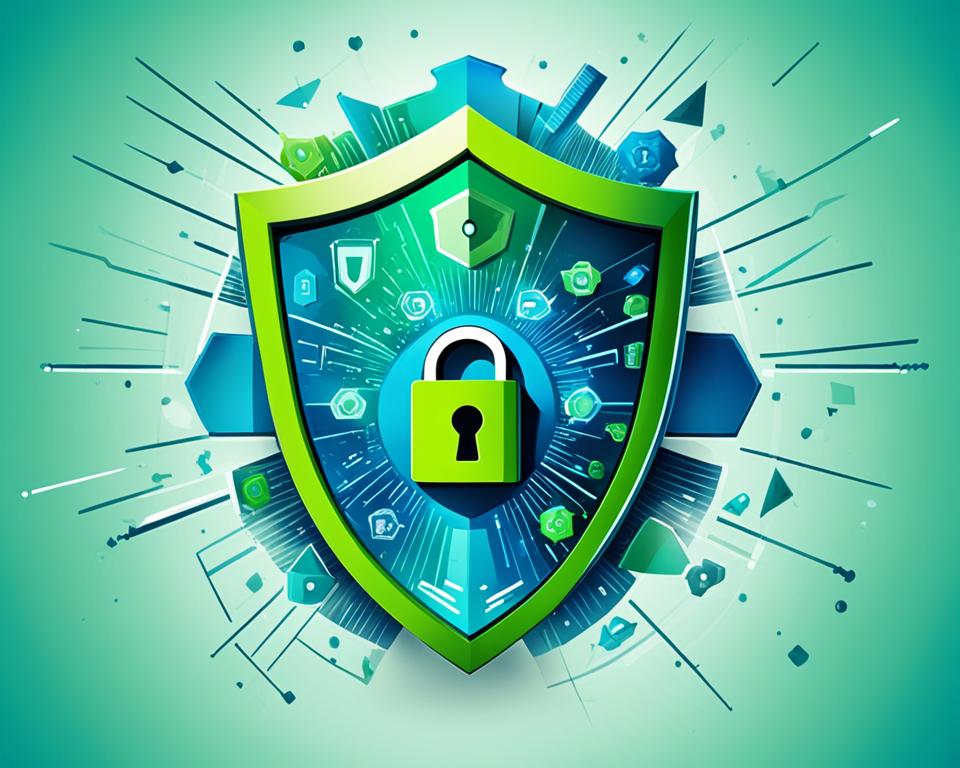
Cybersecurity Awareness and Essentials: Stay Safe Online
In today’s digital world, cybersecurity has become a critical concern for individuals and organizations alike. This article aims to provide you with essential cybersecurity awareness and the necessary tools to safeguard your digital assets. By understanding the common cyber threats, learning robust security practices, and staying updated on the latest trends, you can effectively protect yourself and your data from malicious attacks. Whether you’re at home or in the workplace, the information presented here will empower you to navigate the online landscape with confidence and maintain a secure digital footprint.
Key Takeaways
- Cybersecurity is a critical concern in the digital age, affecting both individuals and organizations.
- This article will provide essential cybersecurity awareness and the tools to protect your digital assets.
- Understanding common cyber threats and learning robust security practices are key to safeguarding your data.
- Staying updated on the latest cybersecurity trends will help you navigate the online landscape securely.
- The information in this article will empower you to maintain a secure digital footprint whether at home or in the workplace.
Understanding Cybersecurity Risks
In today’s digital landscape, understanding the various cybersecurity risks and common cyber threats is paramount to protecting your personal and professional data. From malicious malware and phishing attacks to devastating ransomware and data breaches, the potential impact of cyber attacks can be far-reaching and devastating.
Common Cyber Threats
The cyber threats facing individuals and organizations are constantly evolving, with cybercriminals continuously devising new and sophisticated methods to infiltrate network security and compromise data protection. Some of the most prevalent cyber threats include malware, phishing, ransomware, and data breaches, each posing unique challenges and requiring specific threat detection and risk management strategies.
Impact of Cyber Attacks
The impact of cyber attacks can be far-reaching, affecting both personal and organizational security. From the loss of sensitive information security and financial data to the disruption of critical systems and services, the consequences of a successful cyber attack can be devastating. Understanding the potential impact is crucial in developing comprehensive risk management plans and implementing robust security protocols to mitigate these threats.
Protecting Your Digital Identity
In the digital age, safeguarding your personal and financial information is of utmost importance. Cybercriminals are constantly devising new tactics to infiltrate our online accounts and steal our identities. To combat this threat, it’s essential to adopt strong password practices, utilize two-factor authentication, and remain vigilant against identity theft.
Strong Password Practices
The foundation of protecting your digital identity begins with creating robust, unique passwords for each of your accounts. Avoid using easily guessable information such as birthdays, pet names, or common phrases. Instead, opt for a combination of uppercase and lowercase letters, numbers, and special characters to generate strong, complex passwords that will deter unauthorized access. Consider using a password manager to generate and securely store your login credentials, making it easier to maintain strong password hygiene.
Two-Factor Authentication
Implementing two-factor authentication (2FA) is a highly effective way to enhance the security of your online accounts. This additional layer of protection requires you to provide a second form of identification, such as a one-time code sent to your mobile device or a biometric scan, alongside your password. By enabling 2FA, you can significantly reduce the risk of your accounts being compromised, even if your password is discovered by cybercriminals.
Identity Theft Prevention
Safeguarding your personal information is crucial to prevent identity theft, which can have devastating consequences. Be cautious when sharing sensitive data, such as your Social Security number, credit card information, or bank account details, both online and offline. Monitor your credit reports regularly for any suspicious activity, and consider enrolling in identity theft protection services to detect and mitigate potential breaches. Taking proactive steps to protect your digital identity can help you maintain control over your personal information and minimize the impact of cyber attacks.
Securing Your Online Presence
In the digital age, your online presence, including your social media accounts and digital interactions, can be vulnerable to a range of cyber threats. To protect your data and maintain your privacy, it’s essential to prioritize securing your online presence. This section will provide you with the necessary guidance to safeguard your digital footprint and minimize the risks of unauthorized access, data breaches, and financial fraud.
Social Media Privacy
Social media platforms have become an integral part of our daily lives, but they also present potential security and privacy risks. It’s crucial to review and customize your social media privacy settings to ensure that your personal information, photos, and activities are only visible to the people you trust. Take the time to understand the privacy and security controls offered by each platform and regularly update them to stay ahead of changing policies and features.
Phishing and Scam Awareness
One of the most common cyber attacks individuals face is phishing and scam attempts. These malicious tactics use deceptive emails, messages, or websites to trick you into revealing sensitive information, such as login credentials, financial details, or personal data. Stay vigilant and learn to recognize the telltale signs of phishing, such as urgent requests, suspicious links, or requests for sensitive information. By educating yourself and your loved ones on phishing and scam awareness, you can effectively safeguard your data protection and security protocols.
Cybersecurity at Home
While cybersecurity is often associated with the workplace, it’s equally crucial to extend these protective measures to our personal lives. Our homes have become hubs of digital activity, from remote work and online banking to streaming entertainment and smart home devices. To safeguard your family and your data, it’s essential to prioritize cybersecurity at home.
Securing Your Home Network
The foundation of your home’s cybersecurity lies in securing your wireless network. Start by setting a strong, unique password for your Wi-Fi router, one that is not easily guessable. Avoid using the default password provided by your internet service provider, as these are often easily compromised. Additionally, ensure that your router’s firmware is regularly updated to address any known vulnerabilities.
Safe Browsing Habits
Cultivating safe browsing habits is another critical element of cybersecurity at home. Be cautious when navigating the web, especially when it comes to downloading files, clicking on links, or providing personal information. Utilize antivirus and anti-malware software to protect your devices from potential threats, and consider using a virtual private network (VPN) to encrypt your internet traffic and enhance your network security.
By implementing these cybersecurity essentials within the comfort of your own home, you can significantly reduce the risk of cyber attacks and safeguard your personal data protection. Remember, cybersecurity is an ongoing process, and staying vigilant with your security protocols is key to maintaining a secure digital environment for you and your loved ones.
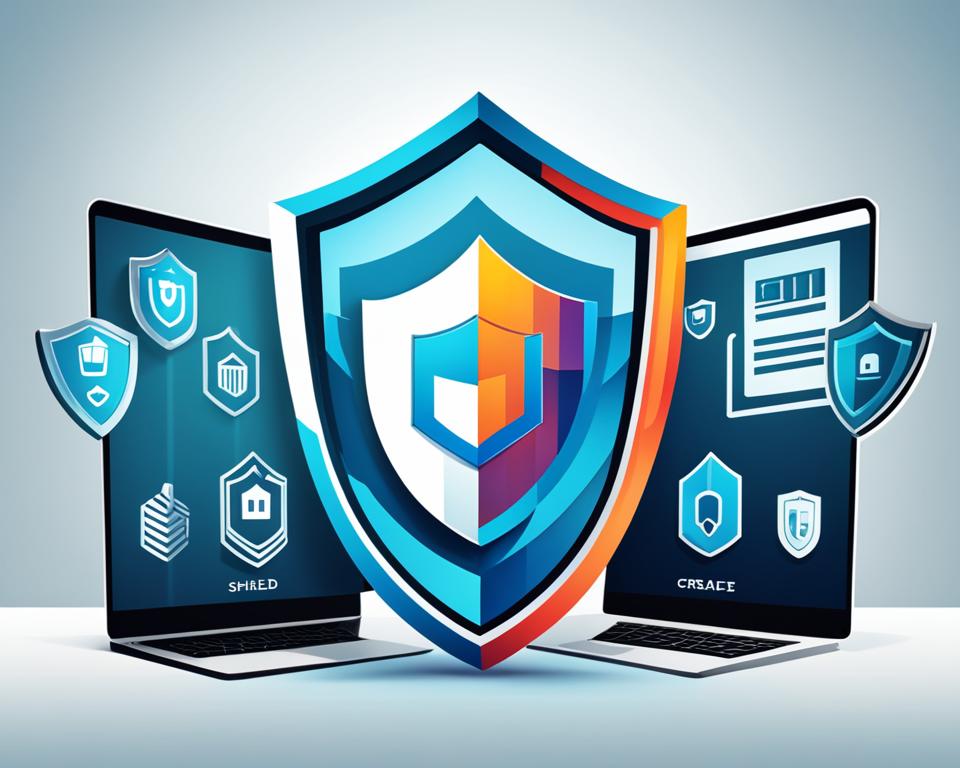
Cybersecurity at Work
As organizations handle sensitive information and critical infrastructure, maintaining cybersecurity at work is paramount. This section will explore the key aspects that contribute to a robust cybersecurity strategy within the workplace, including adherence to organizational security policies, the importance of data backup and recovery, and the necessity of incident response planning.
Organizational Security Policies
Every organization should have well-defined security protocols and policies in place to protect its network security, data protection, and overall information security. Employees must familiarize themselves with these policies and strictly adhere to them to mitigate the risk of cyber attacks. Regular training and communication on the latest security protocols can foster a culture of cybersecurity awareness and ensure that everyone in the organization is aligned in their efforts to safeguard the company’s digital assets.
Data Backup and Recovery
In the event of a cyber attack, such as a data breach or ransomware incident, the ability to quickly recover and restore critical data can be the difference between business continuity and a devastating setback. Organizations should implement robust data backup and recovery strategies, leveraging reliable cloud-based solutions or on-premises storage systems to ensure the availability and integrity of their data. Regular backups and the ability to swiftly restore operations can significantly minimize the impact of cyber threats and enhance the organization’s resilience.
Incident Response Planning
Despite the best preventive measures, organizations must be prepared to respond effectively to cyber incidents. A well-defined incident response plan outlines the steps to be taken in the event of a security breach, including incident detection, containment, investigation, and recovery. By having a clear and practiced incident response strategy, businesses can minimize the damage, mitigate the consequences, and restore normal operations more efficiently, ultimately protecting their network security, data protection, and overall information security.
Cybersecurity, Cybersecurity Awareness, Cybersecurity Essentials
At the heart of navigating the digital landscape with confidence lies a comprehensive understanding of cybersecurity, cybersecurity awareness, and cybersecurity essentials. This foundational knowledge equips you with the necessary tools to safeguard your data, devices, and digital identity against the ever-evolving cyber threats that permeate the modern world.
Cybersecurity, as a multifaceted discipline, encompasses a wide range of practices and principles designed to protect information security and mitigate the impact of cyber attacks. By grasping the importance of security protocols and the role of ethical hacking, you can develop a deeper appreciation for the essential safeguards that shield your digital assets from malicious intrusions.
Cybersecurity awareness, on the other hand, is the critical first step in empowering individuals and organizations to recognize and respond to cyber threats. This awareness fosters a proactive mindset, enabling you to identify potential vulnerabilities, implement robust data protection measures, and stay vigilant against the ever-evolving landscape of network security challenges.
Cybersecurity essentials, the building blocks of effective digital defense, encompass a range of fundamental practices and strategies. From implementing strong password practices to leveraging two-factor authentication, these cybersecurity essentials form the foundation for safeguarding your digital identity and minimizing the risks associated with identity theft and data breaches.
By embracing the comprehensive understanding of cybersecurity, cybersecurity awareness, and cybersecurity essentials, you empower yourself to navigate the digital world with confidence, making informed decisions that safeguard your personal and professional data from the ever-present cyber threats that lurk in the online realm.
Staying Updated on Cyber Threats
In the rapidly evolving digital landscape, staying informed about the latest cyber threats and security developments is crucial for maintaining robust information security. By regularly following trusted security news sources and industry publications, you can stay abreast of emerging cyber attacks, vulnerabilities, and best practices to mitigate these cyber threats.
Following Security News
Dedicating time to staying up-to-date with the latest security news and industry insights can empower you to make informed decisions and implement effective security protocols to protect your digital assets. Explore reputable news outlets, cybersecurity blogs, and industry-specific publications to gain a comprehensive understanding of the evolving threat detection and risk management landscape.
Security Software Updates
Keeping your security software and operating systems up-to-date is a critical step in safeguarding your devices and data against the newest cyber threats. Software updates often address discovered vulnerabilities and incorporate enhanced security measures to mitigate the risk of successful cyber attacks. Embrace the practice of regularly updating your security software to ensure optimal protection and stay ahead of the ever-changing cyber threat landscape.
Cybersecurity for Mobile Devices
As our reliance on mobile devices continues to grow, it’s essential to extend our cybersecurity efforts to these portable platforms. From securing your smartphone or tablet to ensuring the safety of your mobile applications, safeguarding your digital assets on-the-go is crucial in today’s connected world.
Mobile Device Security
Smartphones and tablets have become an integral part of our daily lives, storing sensitive personal and professional data. To protect your mobile device security, it’s important to enable strong security protocols, such as passcodes, biometric authentication, and remote device-tracking features. Regularly updating your device’s operating system and installed apps can also help mitigate cyber attacks and address known vulnerabilities.
Secure Mobile Applications
The convenience of mobile applications comes with its own security considerations. When downloading and using apps, be cautious of permissions, avoid installing from untrusted sources, and prioritize applications with a strong track record of data protection and network security. Stay informed about the latest app security vulnerabilities and be proactive in keeping your mobile apps up-to-date to maintain a secure digital presence.
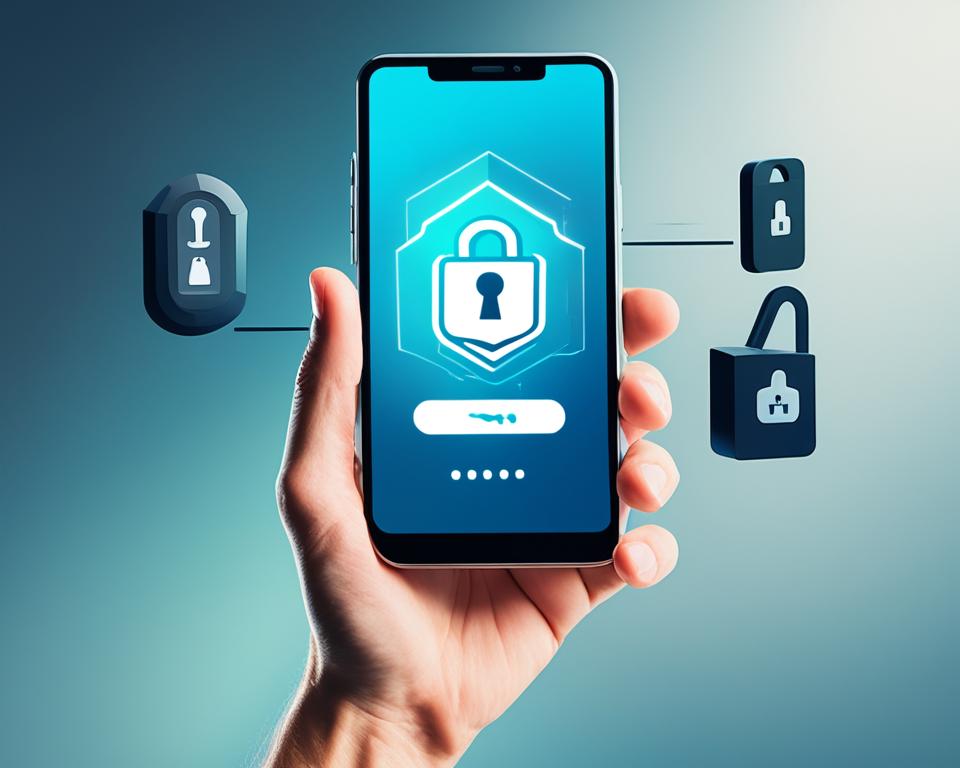
Cybersecurity for Internet of Things
The proliferation of the Internet of Things (IoT) has introduced a new frontier in cybersecurity. As the world becomes increasingly connected, the security considerations for IoT devices have become paramount. These interconnected devices, ranging from smart home appliances to wearable technology, often lack robust security protocols, making them vulnerable to cyber attacks.
IoT Security Considerations
The unique challenges posed by IoT devices are multifaceted. Their inherent interconnectivity, coupled with the potential lack of regular software updates and security patches, can create gateways for malicious actors to infiltrate networks and compromise data protection. Additionally, the sheer volume of IoT devices in circulation increases the attack surface, making it crucial to address IoT security considerations effectively.
To mitigate these risks, it is essential to adopt a comprehensive approach to IoT cybersecurity. This includes ensuring that IoT devices are equipped with robust security protocols, regularly updated firmware, and secure communication channels. Implementing network segmentation and access controls can further enhance the security posture of IoT ecosystems, limiting the potential impact of any cyber attacks.
By understanding the unique challenges and best practices for securing IoT devices, you can protect your smart home, wearables, and other connected devices from unauthorized access and potential cyber attacks. Staying vigilant and proactive in addressing IoT security considerations is crucial in the ever-evolving landscape of cybersecurity.
Ethical Hacking and Penetration Testing
In the ever-evolving landscape of cybersecurity, the role of ethical hacking and penetration testing has become increasingly crucial. These practices serve as a powerful tool in enhancing network security, data protection, and overall information security.
Simulating Cyber Attacks
By simulating cyber attacks, ethical hackers can uncover vulnerabilities and potential entry points within an organization’s systems. This proactive approach allows security professionals to identify and address weaknesses before they can be exploited by malicious actors. Through a deep understanding of the mindset and techniques employed by cyber attackers, organizations can strengthen their security protocols and cyber attack mitigation strategies.
Vulnerability Assessment
Complementing the simulated cyber attacks, vulnerability assessment is a crucial component of the ethical hacking process. This comprehensive evaluation examines an organization’s infrastructure, software, and networks to pinpoint areas of concern. By conducting thorough vulnerability assessments, security teams can prioritize and address the most critical security vulnerabilities, reducing the risk of successful cyber attacks and safeguarding network security and data protection.
The insights gained from ethical hacking and penetration testing can be invaluable in strengthening an organization’s overall cybersecurity posture. By proactively identifying and mitigating security weaknesses, businesses can enhance their resilience against cyber threats and ensure the information security of their critical assets.
Cybersecurity Careers and Education
As the demand for skilled cybersecurity professionals continues to rise, individuals interested in this dynamic field have a wealth of career opportunities and educational pathways to explore. From professional certifications that validate your expertise to in-depth cybersecurity degree programs, the options for enhancing your skills and contributing to the ever-evolving landscape of information security are vast.
Professional Certifications
Earning industry-recognized professional certifications is an excellent way to demonstrate your expertise and commitment to the field of cybersecurity. These certifications, such as the Certified Information Systems Security Professional (CISSP), Certified Ethical Hacker (CEH), and CompTIA Security+, can open doors to specialized roles in security protocols, ethical hacking, and various aspects of cyber threats and information security.
Cybersecurity Degrees
For those seeking a more comprehensive educational path, cybersecurity degree programs offer in-depth knowledge and hands-on experience to prepare you for a successful career in this rapidly evolving field. From bachelor’s degrees in cybersecurity or information security to master’s programs in cybersecurity education, these academic programs provide a strong foundation in cybersecurity careers, equipping you with the necessary skills and expertise to tackle complex cyber threats and contribute to the growing demand for qualified cybersecurity professionals.
Conclusion
In this comprehensive guide, we have explored the critical realm of cybersecurity, equipping you with the essential insights and strategies to safeguard your digital assets. By understanding the common cyber threats, implementing robust security practices, and staying updated on the latest cybersecurity trends, you can navigate the online landscape with confidence and protect yourself and your loved ones from the increasing risks of cyber attacks.
Remember, cybersecurity is an ongoing journey, and by continuously adapting and improving your security measures, you can ensure the long-term safety and integrity of your digital footprint. As technology continues to evolve, it is crucial to remain vigilant, stay informed, and proactively address emerging cyber threats to maintain the integrity of your network security and data protection.
By embracing the principles of cybersecurity awareness and cybersecurity essentials, you can empower yourself and your community to make informed decisions, adopt security protocols, and contribute to the broader efforts in mitigating cyber threats and ensuring the safety of our digital landscape. Together, we can navigate the dynamic world of information security and leverage the power of ethical hacking to strengthen our collective risk management and threat detection capabilities.





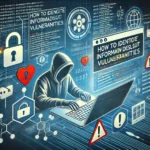




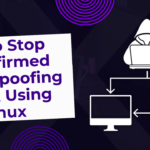


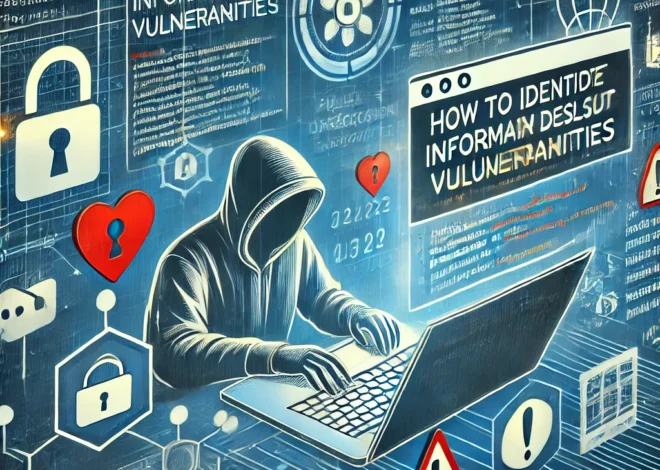

Hi, I’m Jack. Your blog is a treasure trove of valuable insights, and I’ve made it a point to visit daily. Kudos on creating such an amazing resource!